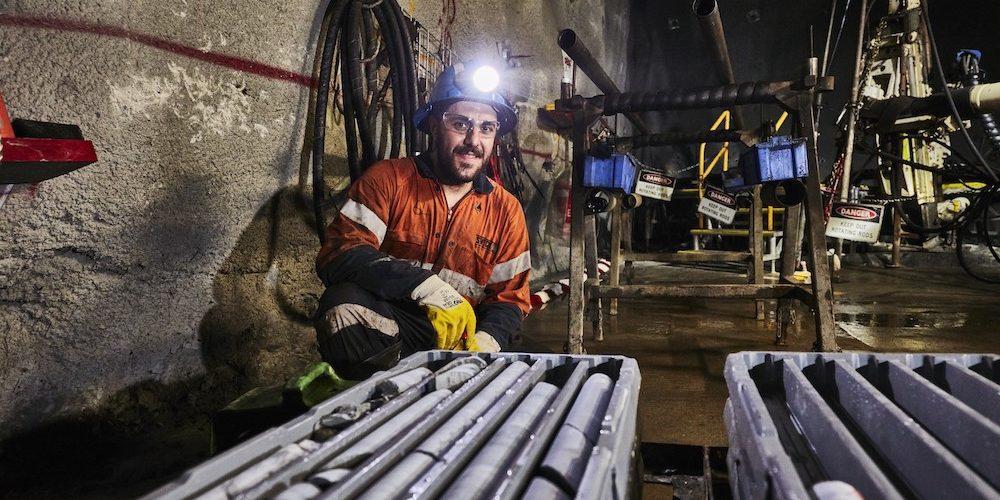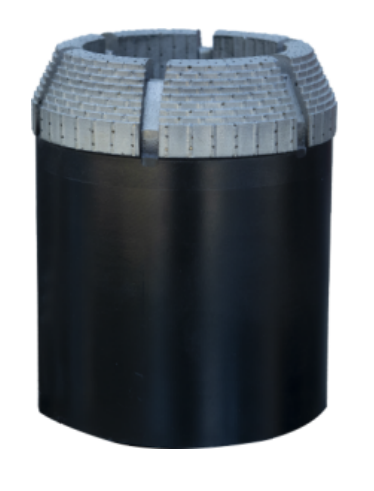Exploration Diamond Drilling

Exploration diamond drilling is used in the mining industry to probe the contents of known ore deposits and potential sites. By withdrawing a small diameter core of rock from the orebody, geologists can analyse the core by chemical assay and conduct petrologic, structural, and mineralogical studies of the rock.
Rodolphe Leschot is often cited as being the inventor of the first core bit in 1863. Early diamond drilling opened up many new areas for mineral mining, and was related to a boom in mineral exploration in remote locations. Before the invention of the portable diamond drill, most mineral prospecting was limited to finding outcrops at the surface and hand digging. In the late 1970s, General Electric pioneered the technology of polycrystalline diamond compacts (PDCs) as a replacement for natural diamonds in drill bits.

How does an Exploration Diamond Drill work?
Exploration diamond drilling differs from other geological drilling (such as Reverse Circulation (RC) Drilling) in that a solid core is extracted from depth, for examination on the surface. The key technology of the diamond drill is the actual diamond bit itself. It is composed of industrial diamonds set into a soft metallic matrix. As shown in the figure, the diamonds are scattered throughout the matrix, and the action relies on the matrix to slowly wear during the drilling process, so as to expose more diamonds. The bit is mounted onto a core barrel which is attached to the drill string, which is connected to a rotary drill rig. Drilling mud is injected into the drill pipe, so as to wash out the rock cuttings produced by the bit and also to reduce the heat produced due to friction which causes less wear and tear of the bits. An actual diamond bit is a complex affair, usually designed for a specific rock type, with many channels for washing.
The drill uses a diamond encrusted drill bit to drill through the rock. The drill produces a “core” which is photographed and split longitudinally. Half of the split core is assayed while the other half is permanently stored for future use and re-assaying if necessary.
Exploration Diamond Drill Applications
Diamond Drilling is suited to any drilling where a core sample is required. Mineral exploration uses core samples to determine the geological formations and properties below the surface.
Core Extraction
Merely advancing the drill by rotary action (and washing) causes a core to be extracted inside the barrel. However, at a depth of perhaps 300 m, there must be a way to retrieve the core and take it to the surface. Constantly withdrawing the entire heavy drill pipe is impractical, so wireline drilling methods were developed to pull up the core inside the barrel. If the rock would always be solid granite, and the core would always break at the drill bit, then it would be a simple matter to stop the drilling, and lower a simple grabbing device by a wire and pull up the core. Unfortunately, many applications require an undisturbed core in fractured rock, which calls for elaborate wire-line devices.

